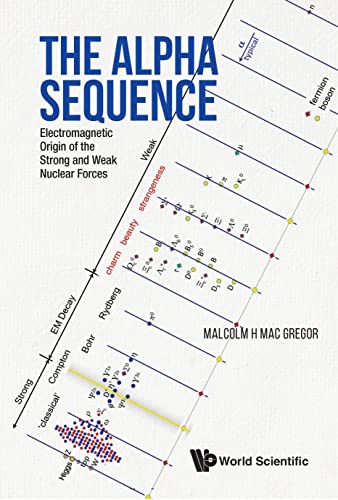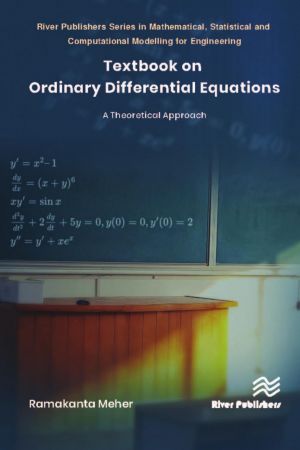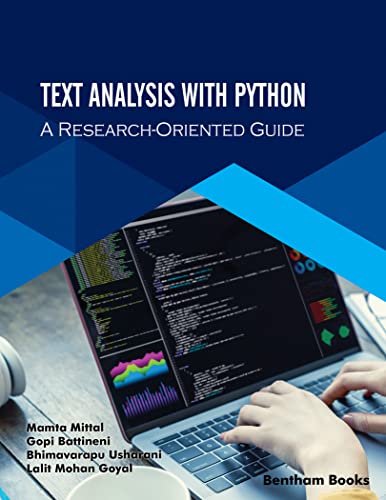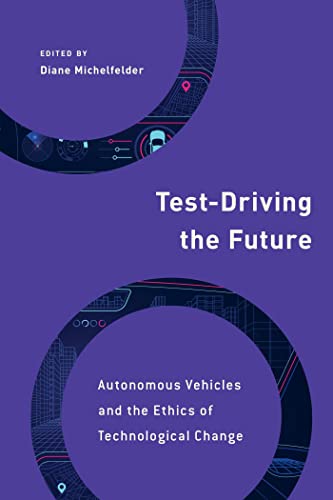The Alpha Sequence Electromagnetic Origin of the Strong and Weak Nuclear Forces

English | 2022 | ISBN: 9811252327 | 156 pages | True PDF EPUB | 73.12 MB
This book is centered on a surprising Tevatron and LHC experimental result, the accurate equality of gauge boson and top quark energy Ew + Ez = Et. The ramifications of this unanticipated result extend down to the lower energies, and lead to two new elementary particle paradigms. The first is the use of energies E rather than masses m for analysing particle excitation patterns, where E =mc2. The second is the recognition that ground-state particle energies are generated in the form of quantized energy packets that are produced in 'α-boost' energy excitations, where α-1 ~137 is the fine structure constant. Repeated α-boosts form a 'reservoir' of energy packets, which merge and reproduce the quantized energies of the various particle and quark ground-state configurations. An α-generated energy excitation path extends upward from the electron to the top quark t. The steps in this path, which contain two α-boosts, combine coherently to give the energy equation Eelectron x 18/α2 = Et, which is accurate to 0.3%. A branching energy path reproduces the energy of the bottom quark b to 0.1%.
Particle energies and lifetimes are conjugate quantities, and the α-quantized particle energies are reflected in α-quantized particle mean lifetimes, as revealed by lifetime plots on a logarithmic α-spaced grid. The accurate factor-of-137 spacings between the classical electron radius, Compton radius, and Bohr orbit radius suggest introducing both a radial and a mass dependence into α, which leads to an equation for the transformation of Coulomb energy into electron non-electromagnetic mass. The electron spin and magnetic moment are reproduced by a Compton-sized relativistically spinning sphere (RSS). The anomalous electron magnetic moment is also accounted for by the RSS, in response to Richard Feynman's 1961 Challenge to provide such an explanation. The mathematics used here is straightforward, and the calculations are guided by fits to the elementary particle RPP energy and lifetime data bases, which are provided here in Appendices A and B.


![S.T.A.L.K.E.R. 2 / STALKER 2: Heart of Chornobyl - Ultimate Edition (2024) [+UPDATE 23.12.2024 - v1.1.3] ElAmigos / Polska wersja językowa](https://i.postimg.cc/Zqd8RWGY/UZG8PBE.jpg)



















































![David Gilmour - Luck and Strange (2024) [FLAC]](https://i.imgur.com/everaBc.jpeg)
![Męskie Granie Orkiestra - Męskie Granie 2024 (2024) [FLAC]](https://i.imgur.com/FAyOxrM.jpeg)
![The Rolling Stones - Hackney Diamonds (2023) [FLAC]](https://i.imgur.com/wCkyyUN.jpg)
![Lady Gaga - Harlequin (2024) [FLAC]](https://i.imgur.com/dcgIA8D.jpeg)
![Natalia Kukulska - Dobrostan (2024) [FLAC]](https://i.imgur.com/bdljG3O.jpeg)
![Kaśka Sochacka - Ta druga (2024) [FLAC]](https://i.imgur.com/hORQKvn.jpeg)
![Kuba Sienkiewicz - Pani Bóg (2024) [FLAC]](https://i.imgur.com/qijCx8Z.jpeg)
![Lanberry - Heca (2024) [FLAC]](https://i.imgur.com/8P7QfeR.jpeg)
![Sara James - PLAYHOUSE (2024) [FLAC]](https://i.imgur.com/m4f8OKg.jpeg)
![Grzegorz Hyży - EPILOG (2024) [FLAC]](https://i.imgur.com/8DA2sBr.jpeg)
![Myslovitz - WIECZORAMI CHŁOPCY WYCHODZĄ NA ULICE (2024) [FLAC]](https://i.imgur.com/l9mMtIG.jpeg)
![Krzysztof Zalewski - ZGŁOWY (2024) [FLAC]](https://i.imgur.com/vh48RAc.jpeg)
![Krzysztof Cugowski - Wiek to tylko liczba (2024) [FLAC]](https://i.imgur.com/SBzgqe2.jpeg)
![Nosowska - Kasia i Błażej (2024) [FLAC]](https://i.imgur.com/mObvVXQ.jpeg)
![sanah - Pianinkowe Kaprysy (2024) [FLAC]](https://i.imgur.com/pVjjPAa.jpeg)
![Kwiat Jabłoni - Pokaz slajdów (2023) [FLAC]](https://i.imgur.com/diERHfZ.jpg)
![Robert Cichy - Spacer po Warszawie (2024) [FLAC]](https://i.imgur.com/ixleU9o.jpeg)
![Viki Gabor - Terminal 3 (2024) [FLAC]](https://i.imgur.com/Q1KCnDs.jpeg)
![Sanah - Kaprysy (2024) [FLAC]](https://i.imgur.com/71OZm4h.jpeg)
![Męskie Granie Orkiestra - Męskie Granie 2023 (2023) [FLAC]](https://i.imgur.com/U4YHo8d.jpg)




